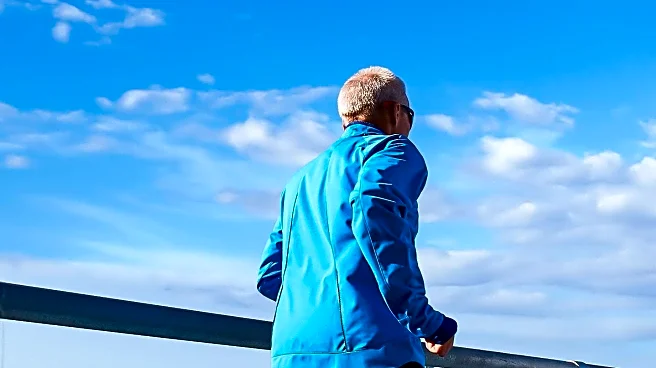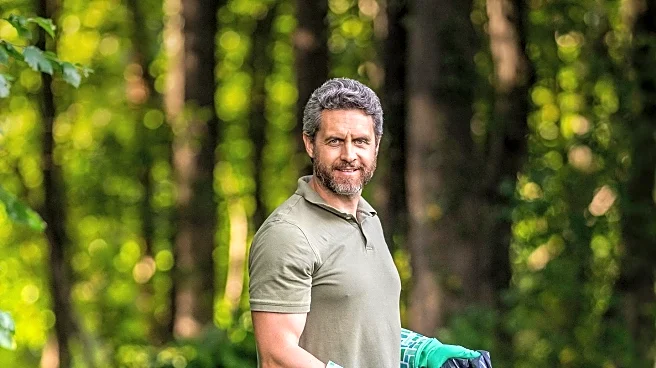What's Happening?
Psychologist Kari Leibowitz, drawing from her experiences in Norway, suggests that winter should be viewed as a time of opportunity rather than limitation. She emphasizes the importance of accepting the body's
need for more rest during the colder months, akin to the natural dormancy seen in animals and plants. Leibowitz advocates for 'active dormancy,' which involves engaging in restful yet mentally stimulating activities such as knitting or cooking. GP Gavin Francis supports this view, highlighting the importance of social interactions and planning activities that boost mood during winter. The NHS advises those experiencing severe symptoms of Seasonal Affective Disorder (SAD) to seek medical advice.
Why It's Important?
This perspective challenges the conventional view of winter as a period of decreased productivity, suggesting that embracing rest can lead to improved mental health and well-being. By promoting activities that align with the body's natural rhythms, individuals may experience less stress and better mood management. This approach could influence public health strategies, encouraging a shift towards more balanced lifestyles during winter months. It also highlights the potential for cultural change in how society views productivity and rest, particularly in regions with long winters.
What's Next?
As winter approaches, individuals and communities may begin to adopt these strategies, potentially leading to a broader cultural shift in how winter is perceived and experienced. Health professionals might increasingly recommend these practices as part of mental health management during the colder months. Additionally, there could be increased interest in activities that promote 'active dormancy,' leading to new opportunities for businesses and community programs focused on winter wellness.
Beyond the Headlines
This approach to winter wellness could have long-term implications for workplace policies, encouraging more flexible schedules that accommodate seasonal changes in energy levels. It may also influence urban planning, with cities potentially investing in infrastructure that supports winter activities and social interactions. The emphasis on rest and social connection during winter could foster stronger community bonds and improve overall societal resilience.











